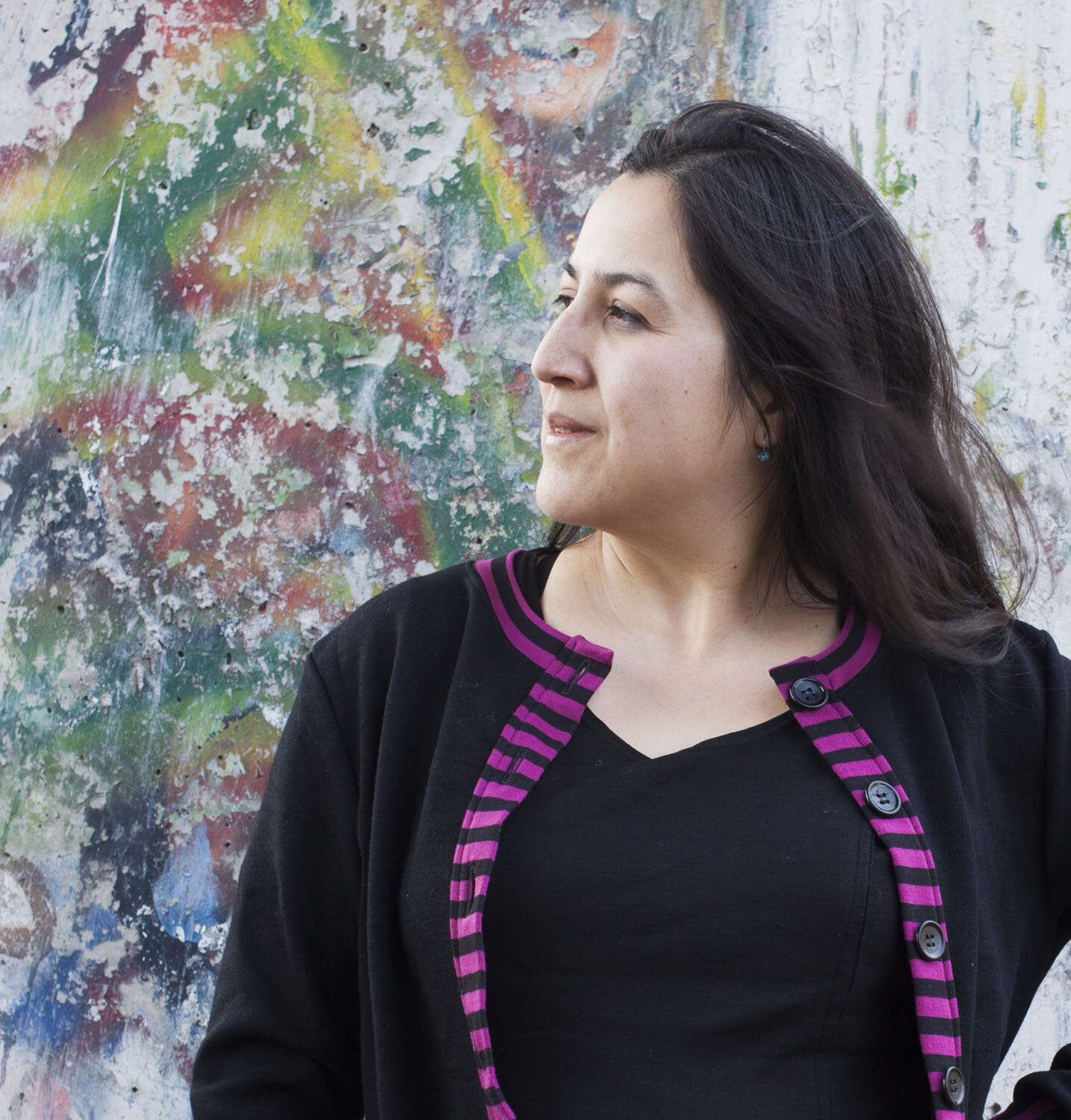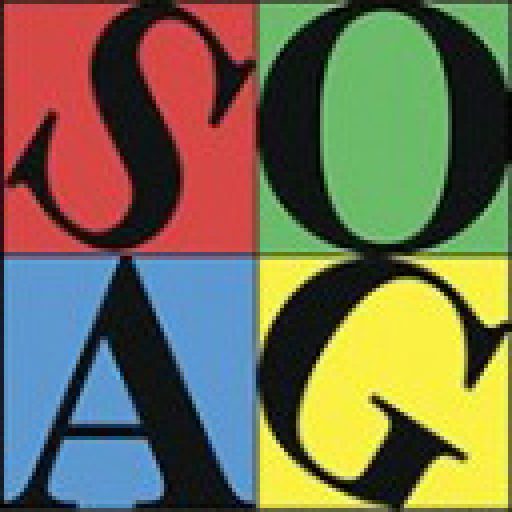
Contact
My photographic prints make ironic and humorous commentary on aspects of our culture. Most recently my work has been inspired by indicators of climate change, including the increasing frequency and strength of storms and the changing ranges of native and invasive species.
The Invasive Species Cyanotypes use the cyanotype process to document invasive species in the Finger Lakes Region. These are created from actual specimens, either ones that I have collected or that I have obtained through collaborations with organizations that work to monitor and control invasive species such as the Finger Lakes Institute and the Finger Lakes Partnership for Regional Invasive Species Management (PRISM). As the same process famously used by Anna Atkins in the 19th century, these images draw connections in time between the natural world and the effects of our human actions on the environment. The rich blues and chance occurrences of the interactions of chemicals with plant specimens make it a particularly compelling process.
In Red List I flip this to look at very rare or extinct species that have suffered habitat loss and competition from newly introduced species. “Red List” refers to the IUCN Red List of Threatened Species, an organization that maintains lists of species that are rare, threatened, or presumed extinct. As these are plants that no longer exist (or are so rare that they have not been catalogued by humans in recent years), it is not possible to make a direct print. Fortunately, in the case of these plants, pressed specimens are preserved in herbarium archives such as those in at the Steere Herbarium at the New York Botanical Garden. Scanned samples are used to create full scale negatives, which are then used to create silver-based “ghost” photograms– a photogram of a plant that it is no longer possible to make a true photogram of, due to its rarity. The colors, contrast, and textured surface are artifacts of the chemical process, unique every time due to light, chemistry, and chance, and the silver that plates the surface of the prints emphasizes the preciousness of these lost species.
In other works, the Stuffed Storms are satellite prints on fabric of individual storms, stuffed and quilted, with each wall or window installation representing an entire North Atlantic Hurricane season. The Round Gobies are an installation of hand drawn, scale images printed in cyanotype on fabric, representing an invasive fish species of concern in the Finger Lakes.
Images in the Red List series appear courtesy of the New York Botanical Garden’s C. V. Starr Virtual Herbarium

